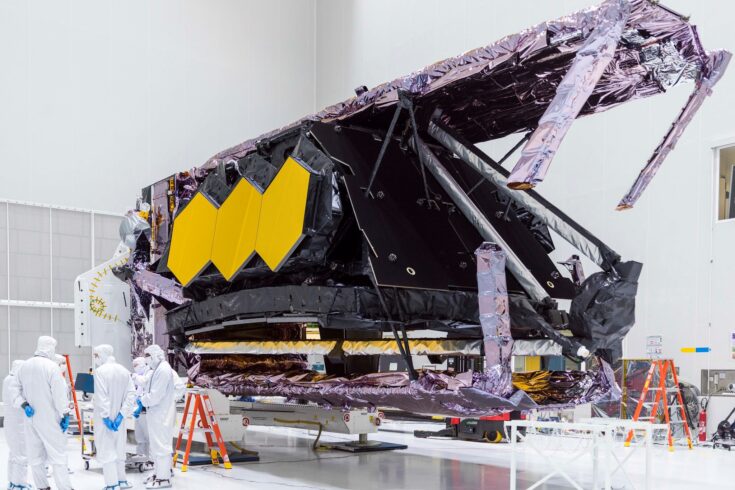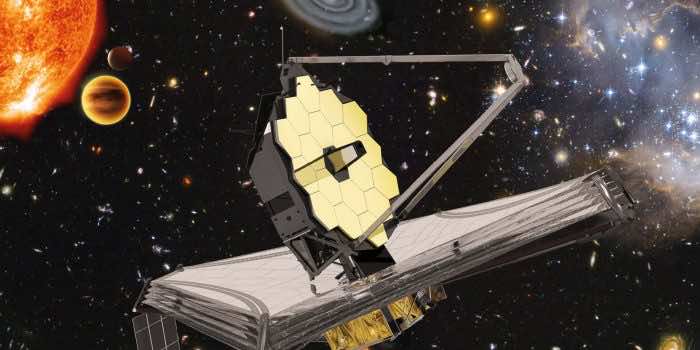With the biggest observatory in the world approaching completion, NASA is finally getting ready to deploy the James Webb Space Telescope. It’s a historic occasion that marks the fruition of billions of dollars in investment as well as decades of hard work and commitment.

Jonathan Gardner, Webb deputy senior project scientist at NASA Goddard Space Flight Center in Maryland, talked through the final months of preparations before providing a brief report on how things are progressing in orbit. In a nutshell, everything is proceeding as planned, he said.
“There were 50 major deployments; they have all been successful,” he said of the telescope’s mirror unfolding as an example of the significant milestones Webb achieved.
A few days ago, the James Webb Space Telescope arrived at its target, the Earth-sun Lagrange Point 2 (L2), around 930,000 miles (1.5 million kilometres) from our planet.
The scientists are getting ready to activate the telescope’s extensive scientific equipment and achieve “first light.” However, it will not begin making observations until its equipment has been synchronised, which NASA estimates would take months.

To begin with, the telescope must turn off the heaters that are now keeping its instruments warm, enabling them to cool to their extreme operating temperatures. Its Mid-Infrared Instrument is meant to look at the infrared spectrum in the middle at temperatures as low as 6 kelvin (-449 degrees Fahrenheit).
Infrared light, or heat, is emitted by warm substances; therefore, the equipment must be this cold. The light may interfere with the sensors’ data.
Currently, NASA is all set to position the 18 primary mirror segments to point towards the same target.

After a very technical launch, it’s an exciting next step. If everything goes as planned, scientists will have a plethora of new data to look forward to, which might forever transform how we perceive the universe.


